Pumpkins emerge as vibrant symbols of the season, adorning porches and decorating festive tables. But those who nurture these beloved gourds are concerned about whether do deer eat pumpkin plants.
These graceful creatures, with their gentle eyes and curious nature, can easily turn a flourishing patch of pumpkins into a barren landscape overnight. With increasing deer populations encroaching on suburban areas, gardeners need to understand the dietary preferences of these herbivorous visitors.
Do Deer Eat Pumpkin plants and squash?
Deer are creatures of habit, and their diets can be diverse when it comes to seasonal offerings. These hearty vegetables thrive in autumn’s cooler temperatures, drawing in not only humans but also hungry wildlife seeking out high-calorie food sources for winter preparation.
Some gardeners strategically plant pumpkins and squash in their gardens as part of a deer management strategy. Not only do these crops enhance their landscape’s aesthetics during harvest season, but they can also serve as bait to lure deer away from more valuable garden plants.
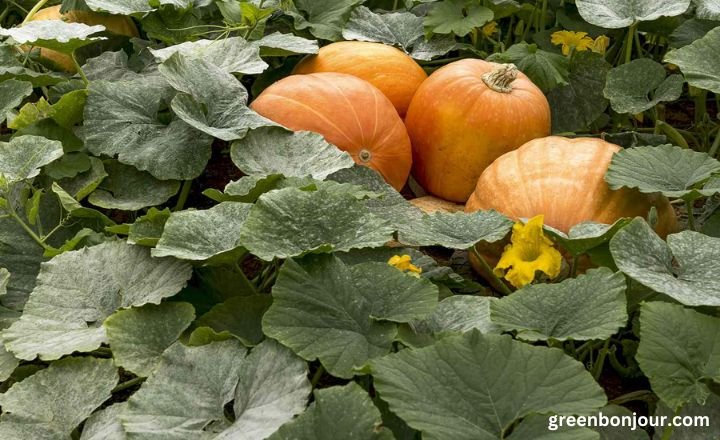
Pumpkin plants are most vulnerable to deer damage during the seedling and vegetative stages, as deer may browse on young plants and vines. As pumpkins mature, they become less attractive to deer, but the vines and leaves can still be at risk. Effective protection measures, like fencing, can help mitigate deer damage throughout all growth stages.
“If you would know strength and patience, welcome the company of trees.”
– By Hal Borland
7+ Tested Ways to Keep deer Away from pumpkins and squash
You need to keep the deer away from the plants at any cost that you have grown with your efforts and hard work. You can follow these tips to do so:
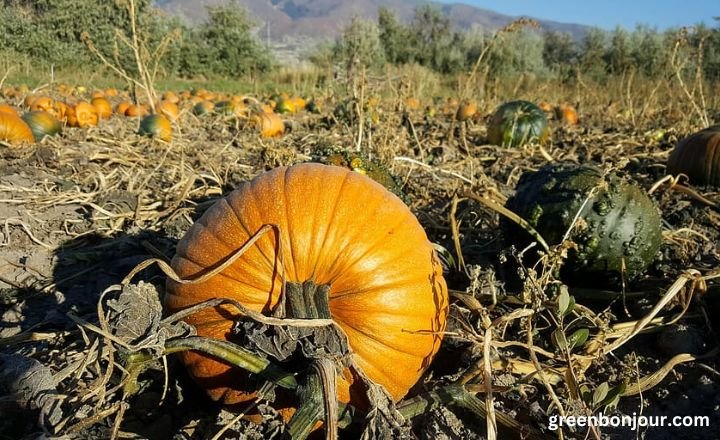
Use motion-activated sprinklers
One effective way to keep deer away from your pumpkins and squash is by installing motion-activated sprinklers. These clever gadgets detect movement and unleash a sudden burst of water, startling any intruders.
This not only helps protect your garden but also serves as a surprise for curious critters, reinforcing the idea that your vibrant vegetables are off-limits. The gentle shower can even provide extra moisture for your plants, creating a dual benefit in maintaining both security and hydration.
You can even Plant Lavender
You can use natural deterrents that can be a game-changer when protecting your pumpkins and squash from hungry deer. Another effective strategy is to leverage the power of scent.
The strong fragrance not only adds beauty but also repels deer, who typically shy away from overwhelmingly aromatic plants.
You have to make loud noises
Deer are naturally skittish creatures, and making loud noises can create an unsettling environment for them. This unexpected audiovisual assault makes even the bravest deer think twice before approaching your vulnerable plants.
Why not use a net?
A lightweight netting can provide an almost invisible barrier around your pumpkins and squash plants, allowing sunlight and rain to nourish them while obstructing hungry hooves.
You can use garden stakes and string that can establish a visual boundary that confuses deer, prompting them to turn away rather than risk the unfamiliar terrain.
Repellent sprays can be used easily
Using repellent sprays can be an effortless and effective method to safeguard your cherished pumpkins and squash from deer. These sprays, often made from natural ingredients like strong scents or bitter substances, create a barrier that deer find unpalatable.
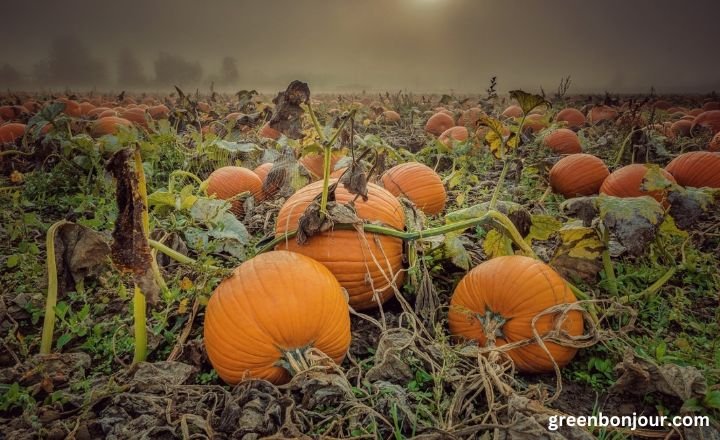
By using these strategies, you can cultivate a thriving pumpkin patch without the threat of unwanted nibblers invading your bounty.
Plant them in hanging baskets
One of the most innovative ways to deter deer from your precious pumpkins and squash is by planting them in hanging baskets. Elevating your plants not only makes it harder for these foraging critters to reach them but also adds a splash of creativity to your garden’s aesthetic.
Use sturdy, decorative baskets with good drainage in this way, you create a visually appealing setup while protecting your fruits from nibbling mouths.
You can use red cat eyes
The reflective devices mimic the appearance of predatory animal eyes and create an illusion of danger that can cause deer to think twice before approaching your garden.
Simply placing these around your plants can serve as an effective psychological barrier, especially when combined with strategic lighting to highlight their glow at night.
You need to set up a fence
You can use the fence for this purpose. Fence height should ideally be at least 8 feet tall, but even shorter fences can be reinforced with angled tops to make them appear more daunting.
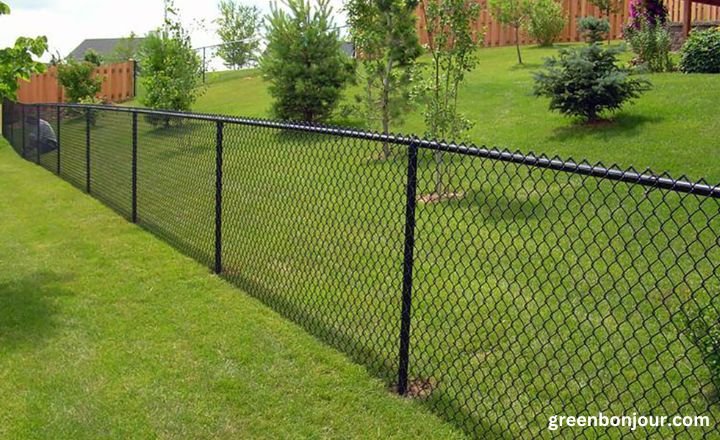
Also, ensure there are no gaps or areas where they could easily slip under.
You can use the Cat Food Burglar Alarm
You can use the Cat Food Burglar Alarm which is a quirky yet functional device designed to emit a loud noise when triggered. This auditory deterrent exploits deer’s instincts, making them think twice before venturing close to your veggie patch.
Pair this device with other measures like motion-activated sprinklers, which not only startle intruders but also add an element of surprise.
What about using a Green Screen?
By setting up a green screen around your garden, you not only create a visual barrier but also introduce an element of camouflage that helps blend your plants into the surrounding environment.
Deer are naturally wary of changes in their habitat, so disguising your garden can make a significant difference.
Sprinkle the Granules and Powders
Products containing garlic, hot pepper flakes, or predator urine can create an aromatic barrier, making it less appealing for deer to approach your garden.
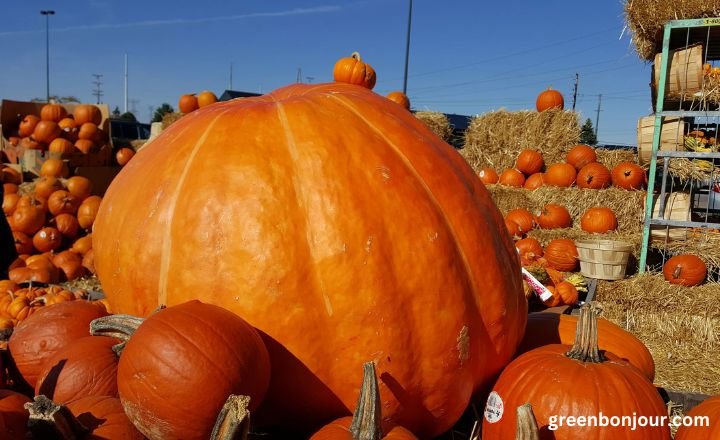
This method not only serves as a deterrent but also fosters a more diverse garden ecosystem by encouraging beneficial insects while keeping larger herbivores at bay.
Try Liquid Sprays
You can use strong, unpleasant scents that deer find unpalatable such as garlic or chili pepper with natural oils. Applying these sprays every few weeks or after rainfall can protect your precious pumpkins and squash without harming wildlife.
Experimenting with DIY options is also rewarding; mixing water with vinegar, dish soap, and essential oils can create a potent blend that not only offers protection but also adds an aromatic layer to your garden.
Take the help of any dog
Taking the help of any dog can be a game-changer in your battle against deer encroaching on your prized pumpkins and squash.
Dogs, especially those with strong guarding instincts like German Shepherds or Great Pyrenees, not only deter deer with their presence but also leave behind scents that signal danger.
Make use of some lights
One effective method is utilizing motion-sensor lights. These sudden bursts of illumination can startle deer and create an uncomfortable feeding environment, prompting them to seek their meals elsewhere.
Position the lights at various angles around your garden beds to maximize their impact and keep these nocturnal visitors guessing.
Conclusion
Protecting your pumpkins and squash from deer can be effectively achieved through a combination of tested strategies, including fencing, natural repellents, and companion planting.
Each method has its own advantages, allowing gardeners to choose the approach that best suits their needs and landscape. By implementing these techniques consistently, you can enjoy a bountiful harvest without the constant worry of deer munching on your prized produce.
FAQs
Will deer eat a pumpkin?
The short answer is yes, deer certainly can (and will) eat your pumpkins! They absolutely love them.
What attracts deer the most?
Trees and plants that produce a berry, fruit, nut, or seed can be whitetail magnets.
Will deer eat pumpkin plants?
They certainly will, deer will eat a lot of things. It’s really about the volume you can grow on a given unit of land.